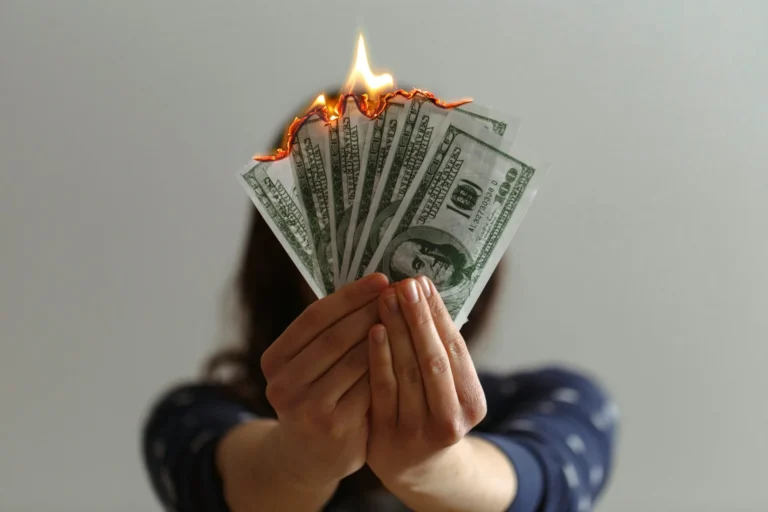Electricityde-regulation isabout to rocket theaverage Americanto the poor house.
Electricity De-Regulation Fleecing TaxpayersBy Cliff MontgomeryAbout half the American states have experienced a decade-long effort to de-regulate their electricity production. These moves have created extraordinary profits for a few. But did they create the intentioned results–stimulating competition and lowering utility bills for the common person?Well, not exactly. In fact, the only ones who have made out like the oil and railroad robber barons of old are the individuals many are beginning to call the robber barons of today–those wheeling and dealing in the rigged game of electricity de-regulation.Consider these items:- Four big investment firms bought a group of Texas power plants in 2004 for $900 million, then sold them the next year for $5.8 billion.- Goldman Sachs and its partners bought power plants in upstate Pennsylvania, New York, and Ohio starting in 1998 and sold them in 2001 at a profit of more than $1 billion.But consumers, who were supposed to be the real beneficiaries of the new system, have only been sent rocketing to the poor house after the sales of electricity plants which had belonged to everyone.Not only have their electricity rates not fallen, in many cases they are rising even faster than the prices of the fuels used to make the electricity.According to an October 23rd article in the New York Times, “some electricity customers are also being saddled with monthly surcharges to cover construction costs for plants that were sold at bargain prices, and then resold at huge profits. Some of these surcharges will continue for years.”In short, it’s become a “gold mine and shaft” system: the electricity bigwigs get the gold mine, and we get the shaft.By last year, only 63 percent of the nation’s electric plants and other generating systems were owned by public utilities, down from almost 90 percent 10 years ago. Customers are doing much worse under the new system, say many experts.Take the case of the Texas power plants mentioned above. Texas lawmakers–thanks at least partly to generous campaign contributions from Enron and other big electric industry types– decided to make electricity generation a “competitive” business. The utility serving the Houston area sold 60 power plants currently generating most ofthe electricity for the area to four investment firms: the Texas Pacific Group, the Blackstone Group, Hellman & Friedman and Kohlberg Kravis Roberts.These groups quickly resold the plants for a profit of $4.9 billion; but state regulators have ordered electricity customers to pay an average of $4.75 monthly for 14 years to finish paying for the construction of the power plants, plus interest.And the utility which first sold the plants, Centerpoint, is suing for even higher payments from taxpayers. Houston-area consumers currently pay among the highest electricity rates, nearly double the national average. The rate will get even worse if Centerpoint wins its case.Supporters of de-regulation insisted customers would benefit from a “healthy competition” among growing numbers of electricity producers. But the promised competition never developed. Why?For one thing, many of the new power plants fail because, unlike many of the old plants, they normally use natural gas to produce electricity. As a result demand for natural gas has soared in the now de-regulated industry, tripling the price for that fuel. This has made electricity from newer plants too costly to be competitive.The value of these plants collapsed, which forced some owners to file for bankruptcy. That’s when investment firms, anticipating how these newer plants would fare in a de-regulated industry, bought them for as little as 20 cents for each dollar spent to build them.The firms normally do not assume any of the debt for building these new plants, however. As Houston citizens have discovered, all costs of doing business can be passed on to you and me.Another problem? Many of the “sold” power plants are in fact still owned by the utilities’ parent companies





